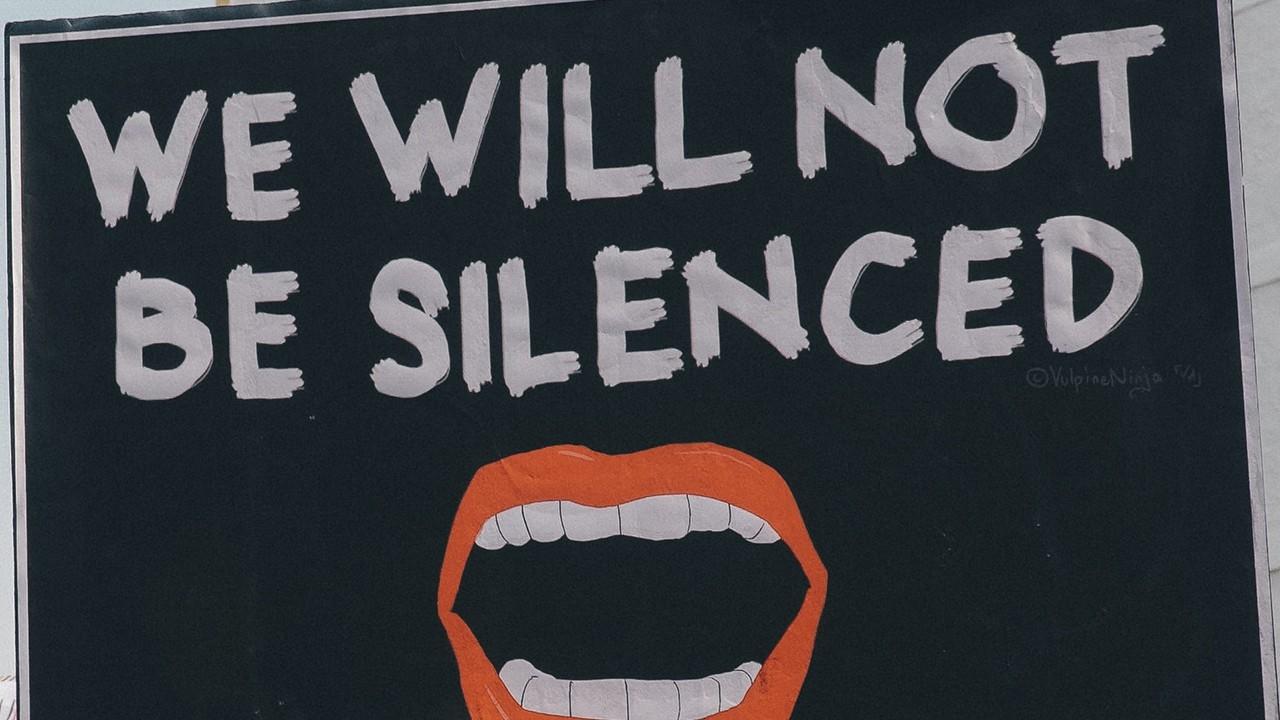The singlemost important thing to remember in trying to end workplace abuse

Those of us who experienced workplace abuse firsthand remember a specific period of time: the window of time after the abuse pattern started when we felt most isolated and before we knew the term "workplace abuse."
Think about that time for a moment.
Remember when you discovered the term. You may have searched online for help and stumbled into the term. You may have read what workplace abuse is and what its effects are on your health. You may even remember exactly where you were when you found the term.
You suddenly felt less alone. You suddenly felt as though you weren't crazy, you weren't imagining what was happening to you, and you were and should have been just as shocked by your experience as your friends and family when you described it to them.
There are thousands of people out there just like you who feel isolated today — people who have no idea that what's happening to them at work isn't their fault. These are the people who would join our base of supporters and champion l...
What we can do to disrupt social hierarchies at work

Plaintiffs, courts, and employers tend to not see discrimination as a systemic problem, say the authors of Rights on Trial. Courts and employers tend to address discrimination individually. The result: a general commitment to the ideals of civil rights while delegitimizing workers claims and blaming victims — with a diluting of law, undermining of rights, and reproduction of hierarchy. Discrimination law is not intended to disrupt the authority of the managers in running the employer organization, which are overwhelmingly managed by the traditionally advantage social group in American society: white men.
Frivolous claims are a myth. While implicit bias is the more common form of discrimination, most instances of reported discrimination were not subtle. Still, the vast majority of potential grievants do not file with the EEOC or in federal court. “Only one in 100 potential African-American grievants filed a charge with the EEOC, and 13 in 10,000 potential African-American grievants fil...
Employers' support of rights — but not employees advocating for them

Adversarialism and opposing views — rather than addressing potential discrimination — informs each side’s actions and perceptions in a legal case. According to Rights on Trial, plaintiffs see themselves as the little guy in a litigation system stacked against them with adversaries who believe discrimination exists — just not in their cases:
Defendants who insist they abide by the law yet find flaws with every individual case by using stereotypes. They become defensive and can escalate tensions with abusive legal tactics such as using summary judgment motion to tell plaintiffs they have 45-day time limit to take depositions, etc.. Inundated with other cases, plaintiff lawyers often push for an early settlements to get rid of the case, giving no attention to the merits of the case fro either side as they jockey for position.
Judges who often don’t see discrimination evidently in cases without smoking gun evidence and play a role not just in decisions but in reaching them by supporting ...
How targets of workplace abuse find justice without a law

When a competent target poses a threat to a deeply insecure aggressor, the target generally feels unfairness and injustice. But how do targets attempt to find justice without a law or without using the legal system, full of asymmetry of power and discrimination, if they have evidence of discrimination?
The sad truth is that most targets of workplace abuse don't find justice. Many simply view justice as consequences (aka job loss) for the abuser and restoring their own employment if they left or were terminated.
But targets can find some justice through:
- Exposing the abuse — either to senior management or the media. In other words, feeling heard in a situation where they feel invisible and as though their feelings are irrelevant.
- Advocating for legislation to end workplace abuse, also taking back power by feeling seen and heard.
- Putting themselves first, often by leaving the job and making their health and career a priority over the toxic workplace.
Hiring an attorney and suin...
